
Winter Robins Why They Stay & How to Help Them Nature Notes Blog
(Image credit: Kenneth_Kiefer) By Bonnie L. Grant last updated November 16, 2021 Many of us in certain regions consider the robin an indicator of spring. Once they return to an area, the tides have turned and the warm sunshine is only a blink away. Robins in other areas are year-round residents and may need a bit of help during the winter.

Robin with Holly Branch in the Snow
Robins are popular birds for their warm orange breast, cheery song, and early appearance at the end of winter. Though they're familiar town and city birds, American Robins are at home in wilder areas, too, including mountain forests and Alaskan wilderness.
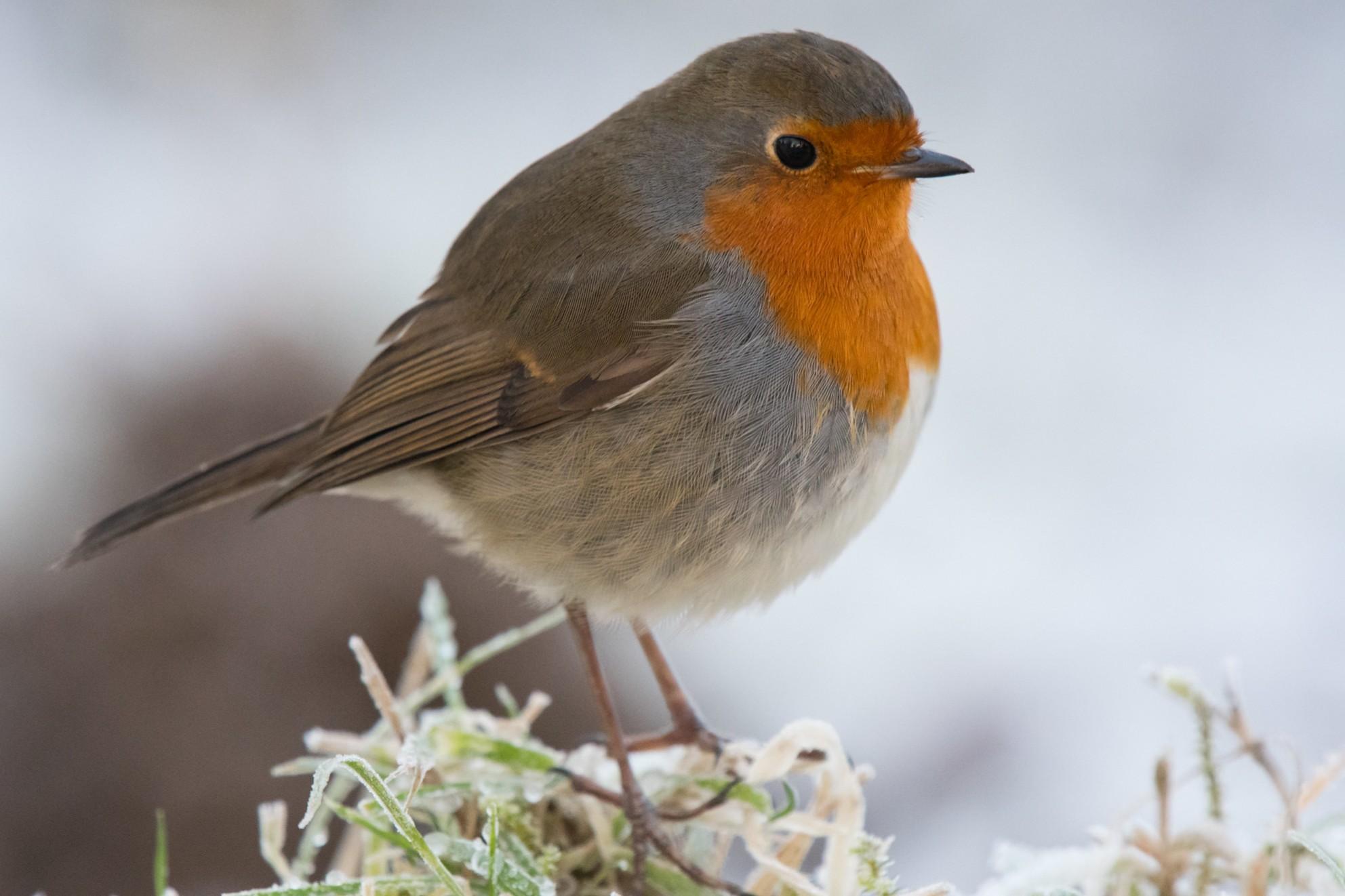
Nature Notes The robin the bird most synonymous with winter Northumberland Gazette
In the spring and summer, you'll often see robins pecking at the ground in search of insects to eat. But bugs aren't available when the land is frozen and snow-covered, forcing them to change up.
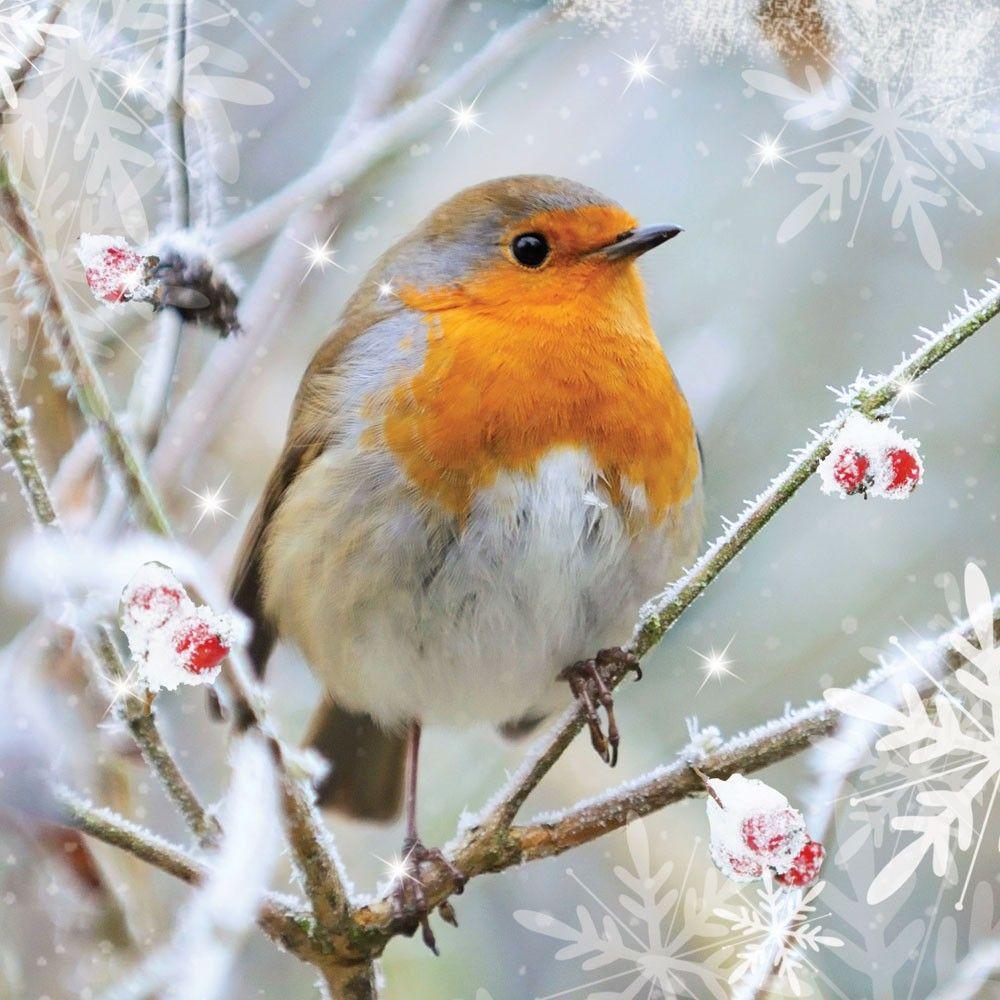
European Robin Wallpapers Wallpaper Cave
Journey North's American Robin project is tracking robin movements across North America. She pointed out that robins, though they are considered migratory, don't follow the typical north to south and back migration pattern we tend to associate with other migratory birds. Robins in Winter
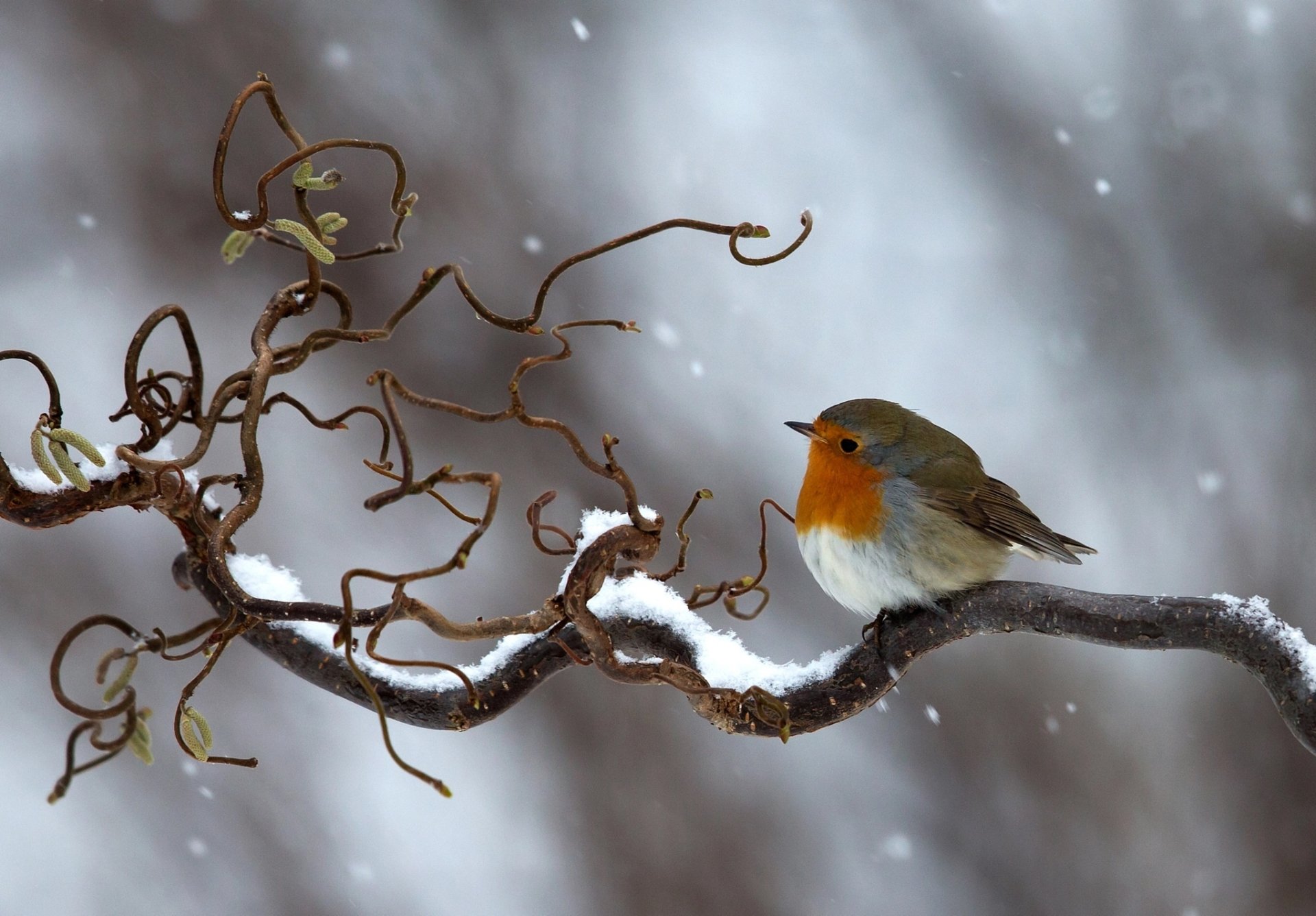
Robin on Snowy Branch
An American robin perches in a snowy tree in early March. It might surprise you to find out that robins never fly south for the winter. American robins are year-round residents of the lower 48 states. They may make small migratory movements to find food. What's the difference: European robin vs American robin.

Urban Wildlife Guide Winter Robin is Back!
Some Final Words On Robins And Winter Migration. So we've addressed the question where do Robins go for winter and the answer basically boils down to 'south - or wherever the food is'. Robins aren't just good-looking birds but rather are gifted by Nature with the ability to withstand temperatures as low as -30 degrees, all while.
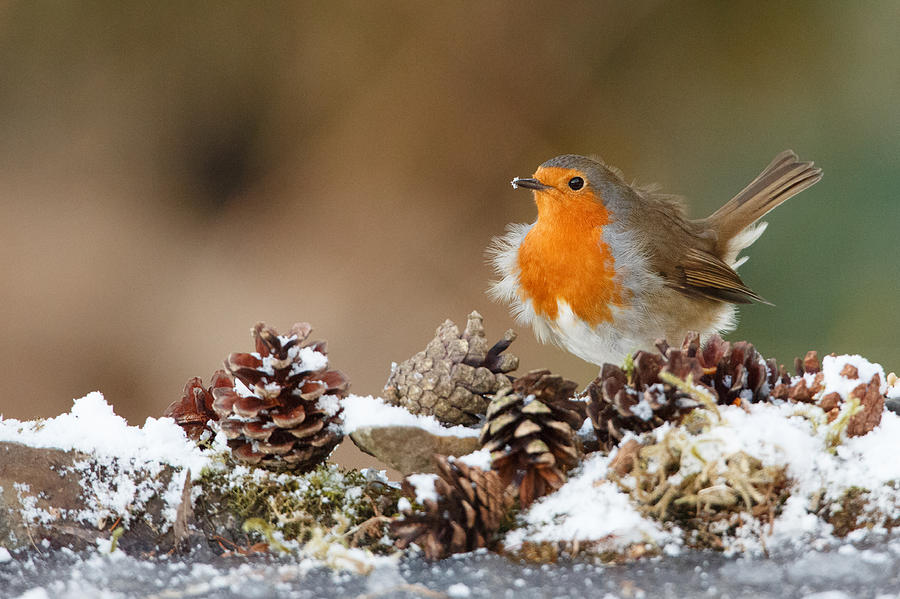
Winter robin in snowy cones Photograph by Izzy Standbridge Fine Art America
Robins have a high mortality rate, with up to 80 percent of the young dying each year. Tree squirrels, chipmunks, raccoons, magpies, crows, ravens, and jays eat robin eggs and nestlings. In winter roosting areas, great horned and barred owls take a toll on adult robins. Hawks and falcons catch adults in flight.
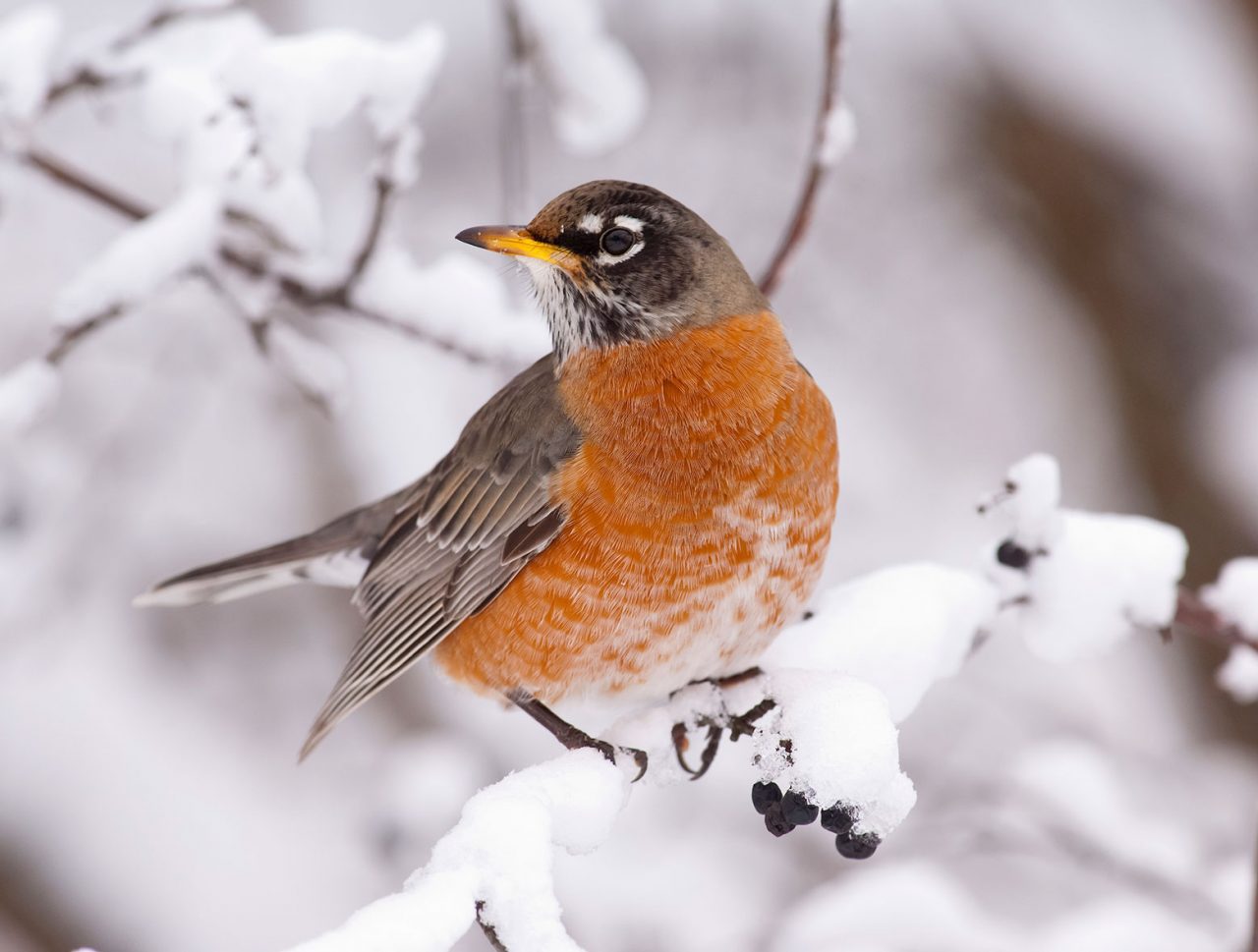
More Robins Are Sticking Around in Winter All About Birds All About Birds
Robins are popular birds for their warm orange breast, cheery song, and early appearance at the end of winter. Though they're familiar town and city birds, American Robins are at home in wilder areas, too, including mountain forests and Alaskan wilderness.
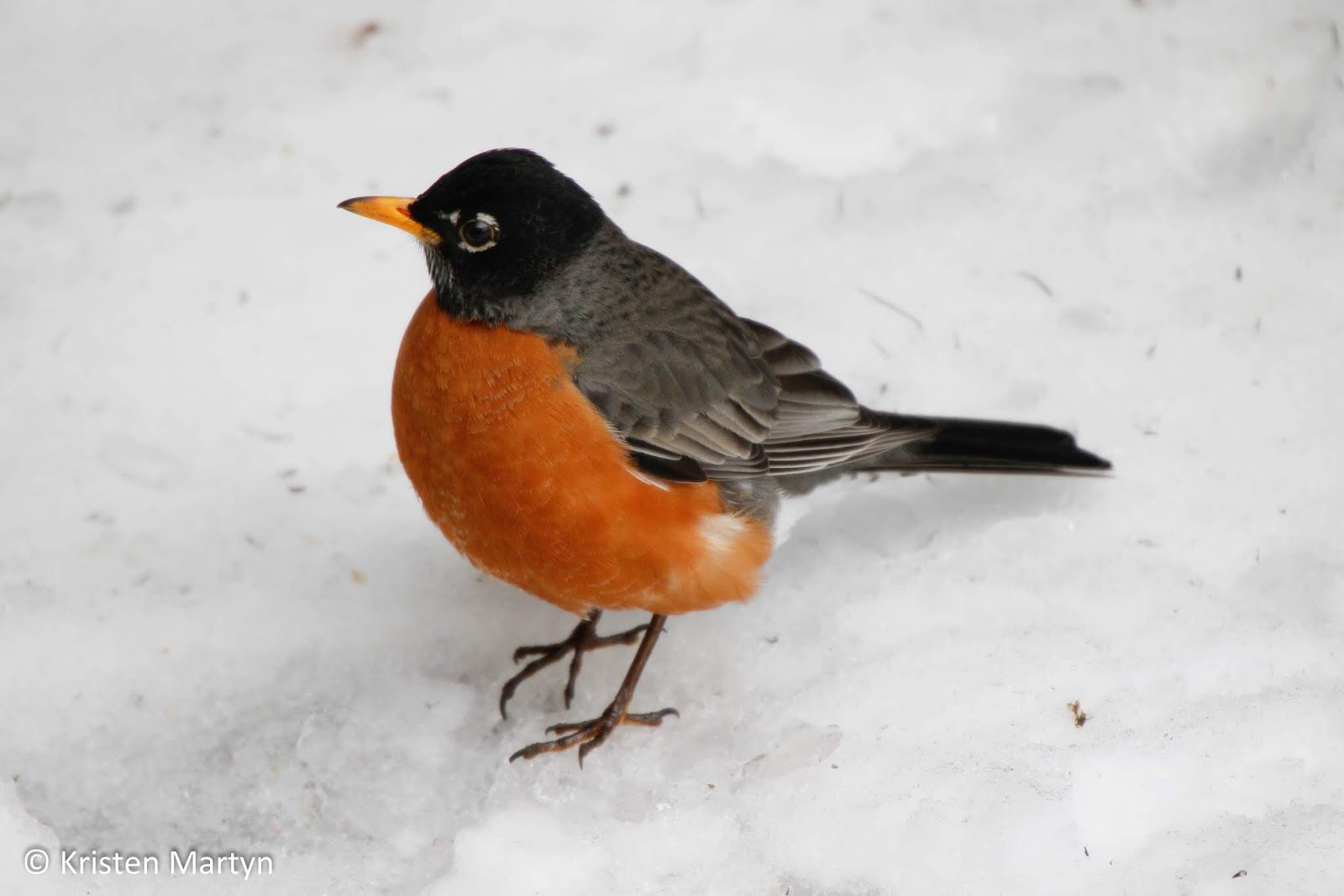
Winter Robins Why They Stay & How to Help Them Nature Notes Blog
News 10 Fun Facts About the American Robin They might be one of our most common birds, but there is plenty you don't know about this thrush. (Yep, it's a thrush.) By Priyanka Runwal Reporter, Audubon Magazine July 28, 2020 American Robin Turdus migratorius song #1 American Robins. Photo: Rosemary Gillan/Audubon Photography Awards

Winter Robin
We always have robins in December. American robins ( Turdus migratorius) are very versatile birds. They change their diet for the season, eating invertebrates in summer and fruit in winter. They take advantage of invasive species, especially earthworms and bush honeysuckle. They move quickly to places where we've changed the landscape.

Robin in snow by Lewis Outing / 500px Robin, European robin, Beautiful birds
Native, fruit-bearing trees and shrubs provide the best food for robins in winter. In New England, these include staghorn sumac, downy serviceberry, American cranberry, red chokeberry, winterberry, and eastern red cedar. Robins may also visit winter bird feeders if mealworms, waxworms, cranberries or other berries are part of the mix.

Winter Robin Animals, Bird, Robin
January 27, 2020 · Joe Lowe Springtime singer or snowy sentinel? The American Robin may be one of North America's most familiar songbirds, yet its wintering patterns raise a common question: Do robins migrate? The answer is yes and no. We associate robins with spring for good reason: In many places, they arrive with the warm weather.

Winter robins... Colorful birds, Beautiful birds, Pretty birds
A Few Facts About Robin Migration. All robins are not the same: The vast majority of robins do move south in the winter. However, some stick around — and move around — in northern locations. Robins migrate more in response to food than to temperature. Fruit is the robin's winter food source. As the ground thaws in the spring, they switch to.
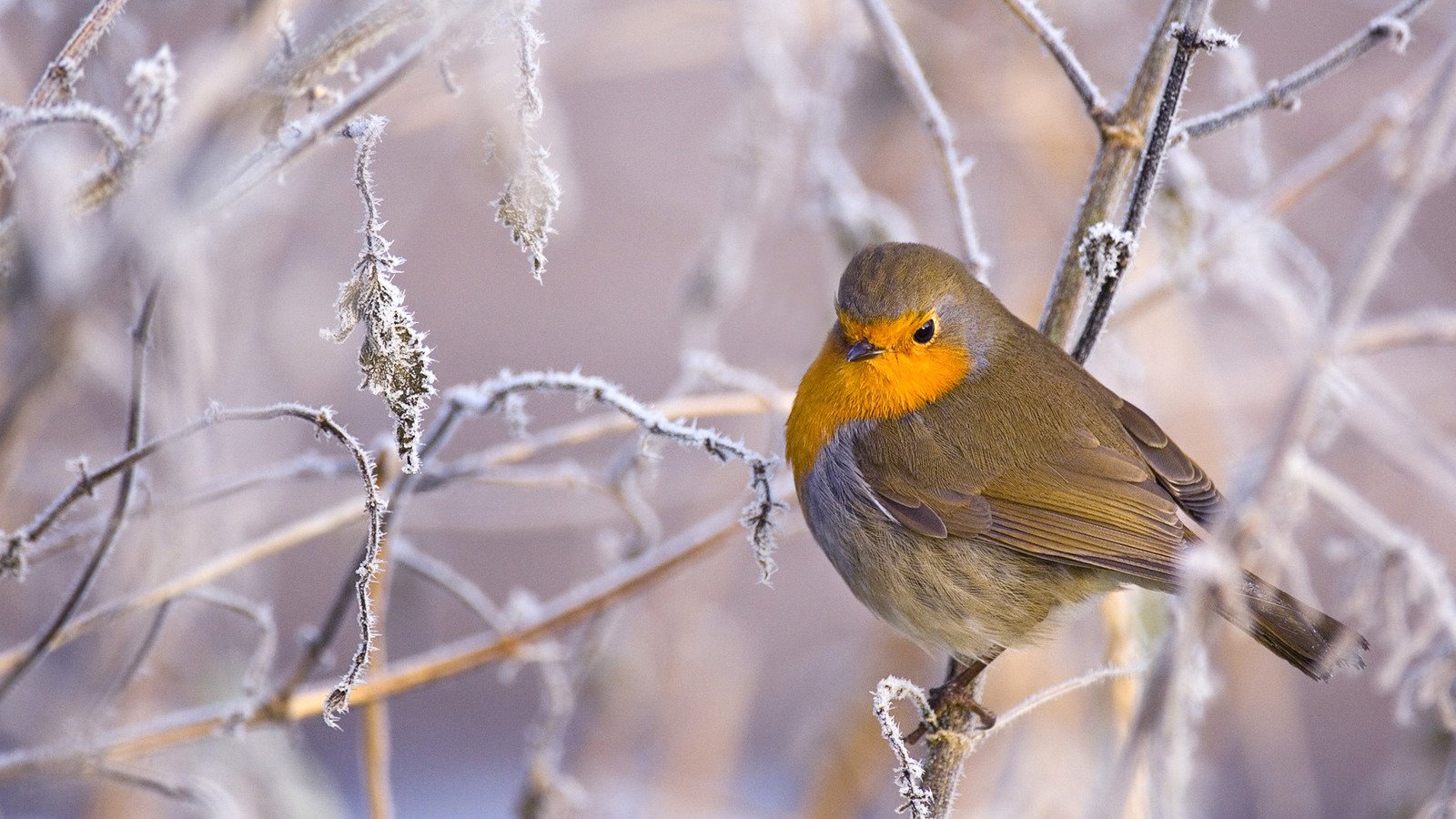
Robin in SnowCovered Tree Image ID 305604 Image Abyss
In winter robins form nomadic flocks, which can consist of hundreds to thousands of birds. Usually these flocks appear where there are plentiful fruits on trees and shrubs, such as crabapples, hawthorns, holly, juniper, and others. When spring rolls around, these flocks split up. Suddenly we start seeing American Robins yanking worms out of our.
.jpg)
FileRobin in the snow 3 (4250400943).jpg Wikimedia Commons
Robins in Winter? Natural Foods for Robins Water Feeders for Robins Robins in Winter? Every autumn robins migrate south. We humans have an intuitive sense that the robins are trying to escape cold weather, but every winter at least some robins stay in the northern states and southern Canada.
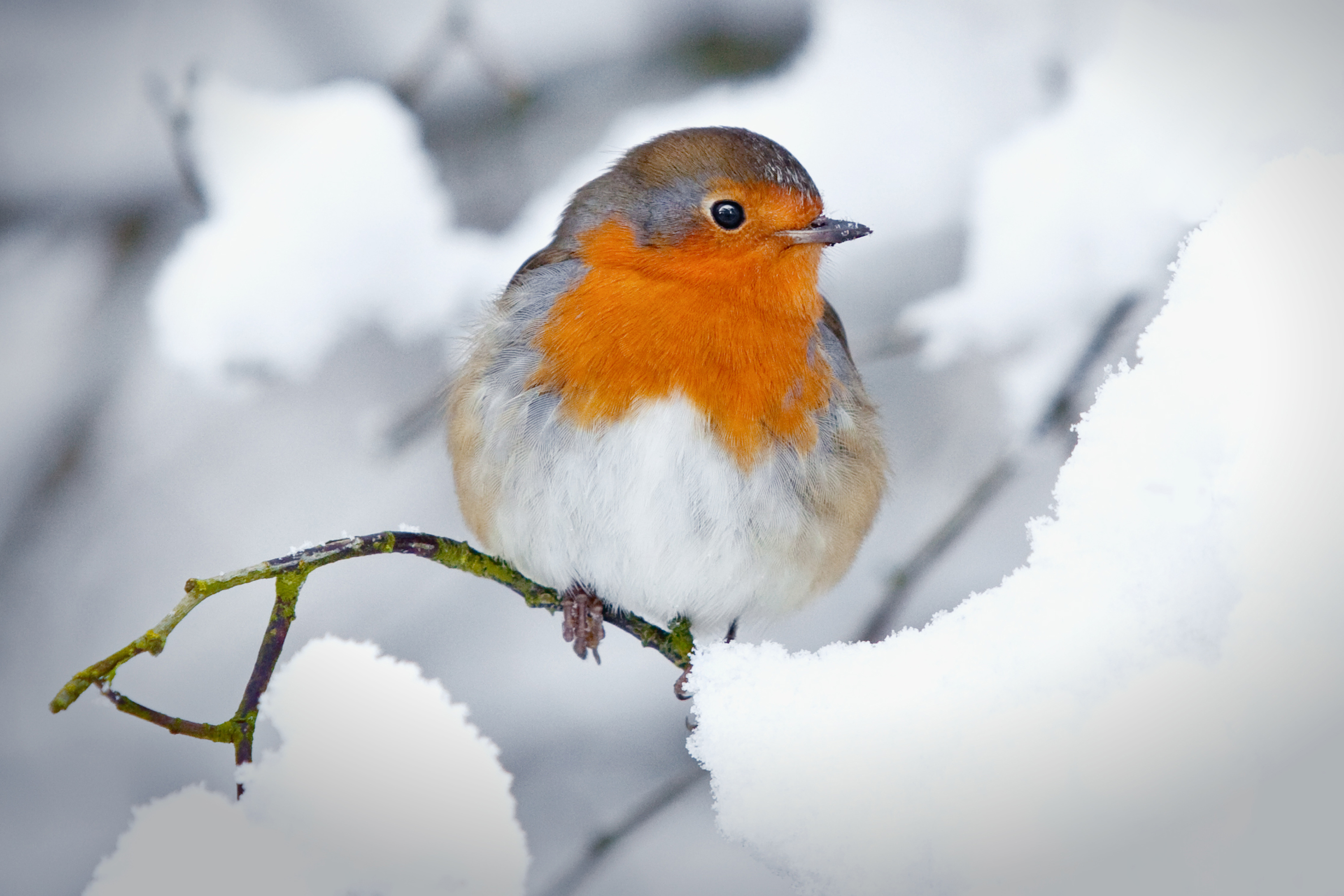
The Honest Truth Take it as red, the rockin’ robin’s still our mostloved bird The Sunday Post
A very familiar bird over most of North America, running and hopping on lawns with upright stance, often nesting on porches and windowsills. The Robin's rich caroling is among the earliest bird songs heard at dawn in spring and summer, often beginning just before first light. In fall and winter, robins may gather by the hundreds in roaming.